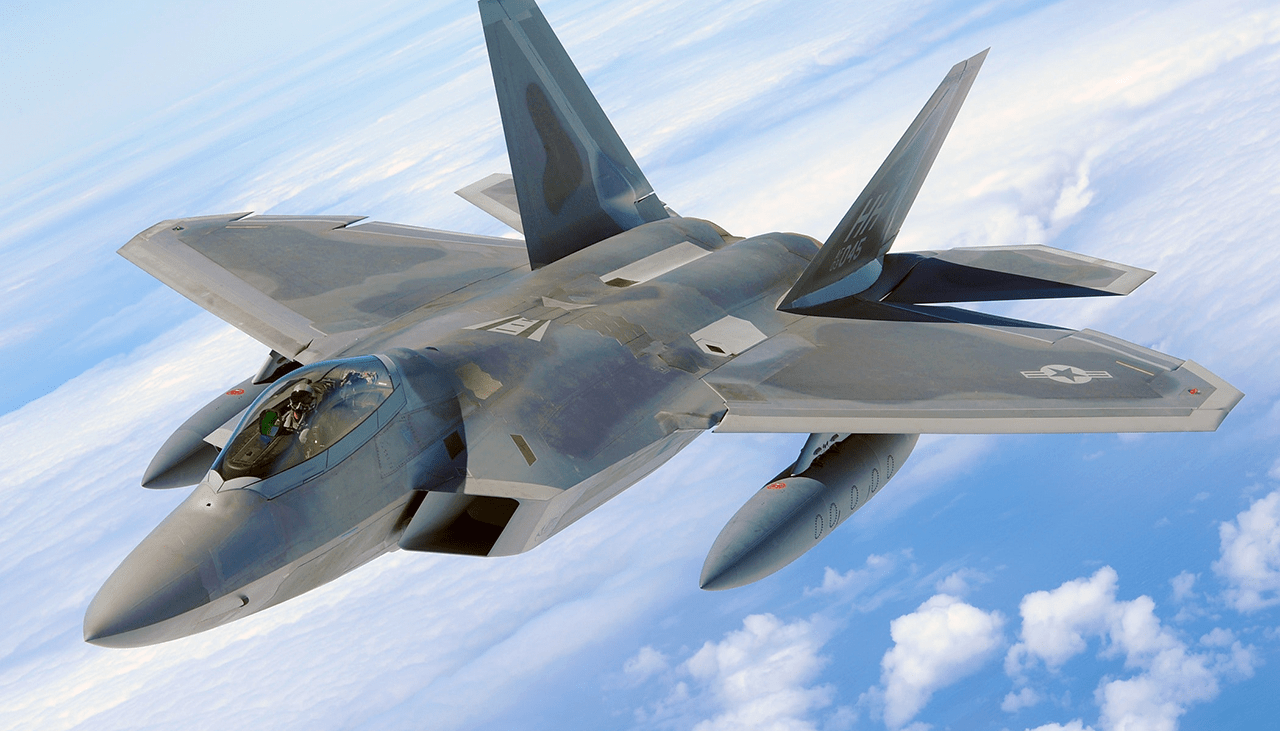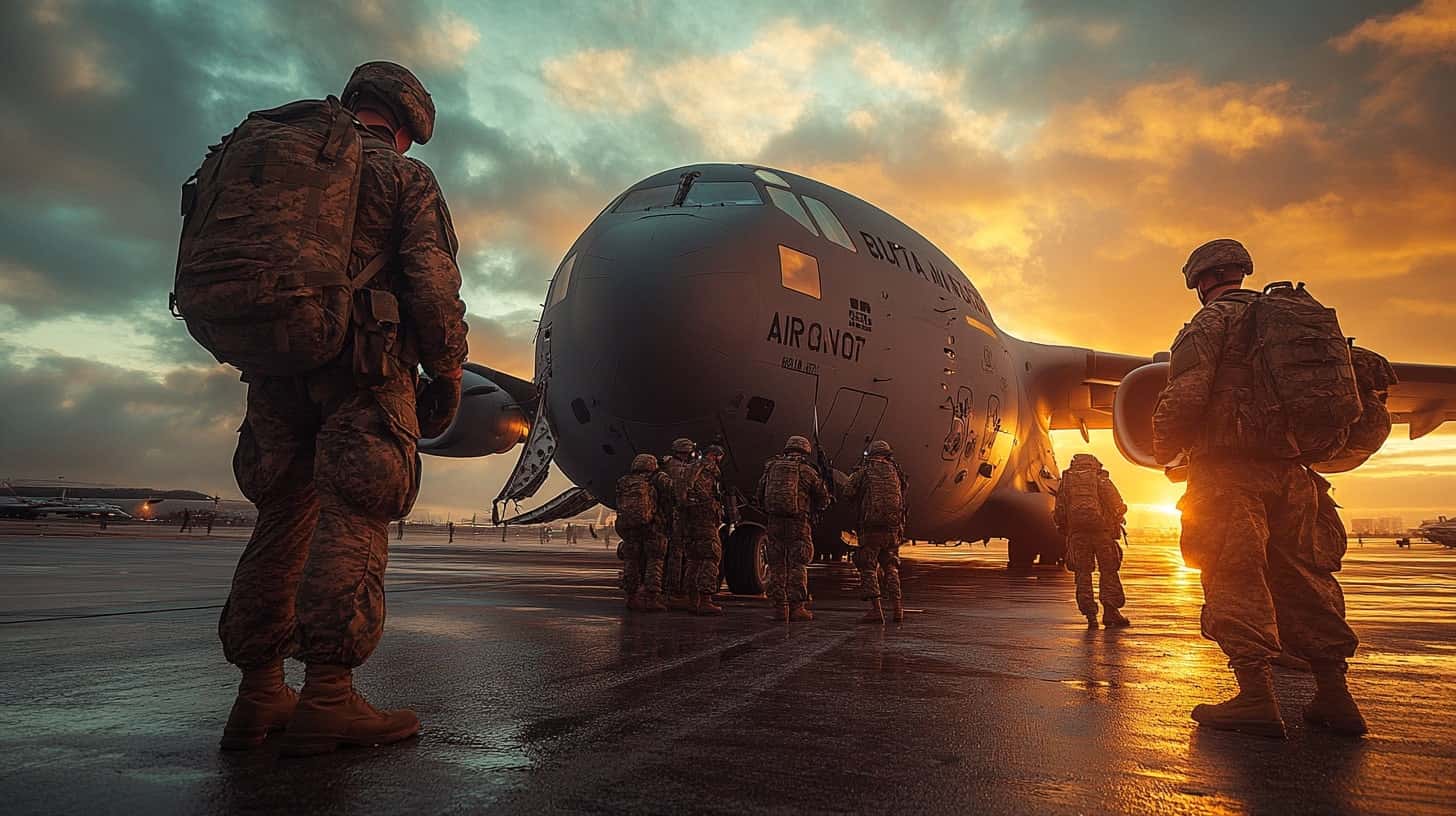During World War II, a new style of warfare emerged that would be credited with some of the most pivotal victories. This was known as the Allied Airborne Army, which played a key role in turning the tide of war and ultimately leading to the Axis defeat. Comprised mostly of parachutists, this special forces unit proved invaluable to Allied success through bold operations that allowed them to ambush enemy fortresses and wreak havoc on German supply lines. In this blog post, we explore the history and contribution made by these brave airborne heroes in achieving victory against fascism during World War II.
Overview of the Allied airborne army and its strategic role in World War II
The Allied Airborne Army played a significant role in the success of the Allied forces during World War II. The strategy was based on deploying small, specialized forces to strategic locations behind enemy lines that could quickly seize key objectives or disrupt supply and communication networks. This allowed for quick attacks on targets with minimal losses, while simultaneously causing confusion among the enemy forces and enabling further advances by other Allied divisions.
The importance of intelligence gathering and early detection of enemy movements
Accurate intelligence was crucial for the Allies to plan successful airborne operations. In addition to monitoring radio communications, ground reconnaissance teams were also deployed to collect vital information on the position and strength of enemy forces before any operation commenced. This allowed them to take action quickly when an opportunity was discovered and disrupt any potential weaknesses the enemy might have.
The development of new technology that enabled aircrews to drop paratroopers deep into enemy territory
The Allies developed an innovative new technology that enabled aircraft to deploy their paratroopers at high altitudes and accurately drop them close to their targets, increasing the effectiveness of airborne operations. This also allowed for larger numbers of troops to be dropped in a single mission, which was invaluable in achieving surprise and quick victories against heavily defended enemy positions.
The significance of the British ‘Pathfinder’ units who would mark targets for other aircraft to drop their paratroopers onto
The British Pathfinders were elite troops trained in navigation, commando tactics, and night fighting. They played a crucial role in airborne operations by marking targets ahead of other aircraft, allowing them to drop their paratroopers accurately and with greater precision. The Pathfinders were also used as guides on the ground to help troops find their way back to friendly lines after an operation had been completed.
Stories from the battlefield – stories of bravery and sacrifice by Allied soldiers who fought in the airborne army
The men of the Allied Airborne Army faced extreme danger during their missions, often facing heavy fire upon landing and having to fight against numerically superior forces. However, despite this adversity, these brave troops displayed remarkable courage and frequently achieved success in extremely difficult situations. This was especially true for those who took part in Operation Market Garden, the largest airborne operation of World War II.
The legacy of the Allied Airborne Army and its effect on modern warfare
The Allied Airborne Army’s operations during World War II displayed the power of air mobility in modern warfare and had a lasting impact on military strategy. To this day, airborne forces continue to be used for special operations behind enemy lines, demonstrating their enduring value as an effective tool in achieving quick victory with minimal losses. Additionally, many of the tactics developed by the Allied Airborne Army are still employed by militaries around the world today. This is a testament to the strategic genius of those who planned these daring airborne operations and to the courage and bravery of those who executed them. The legacy of the Allied Airborne Army lives on.
Conclusion
The role of the Allied Airborne Army in World War II was vital to the successful outcome of many battles across Europe. Their innovative tactics and use of air mobility allowed for quick, decisive victories against numerically superior forces with minimal losses. Through their bravery and sacrifices, they paved the way for modern warfare and have left behind a legacy that continues to be observed today. This is a testament to the courage and skill displayed by those who took part in these daring airborne operations during some of history’s darkest days. They truly embody what it means to be called “Wings of Victory”.










